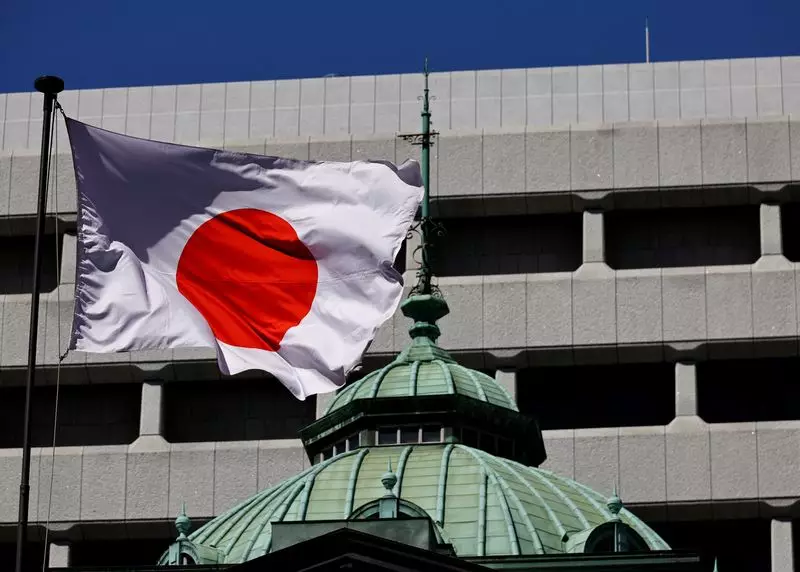The Bank of Japan (BOJ) recently found itself at a pivotal crossroads during its October policy meeting, as highlighted in an official summary detailing internal discussions. Policymakers reflected a range of opinions on the timing and rationale for potentially raising interest rates, with significant concerns about the ramifications for market stability. This division among the nine-member board underscores the uncertainty surrounding Japan’s economic trajectory amidst a changing global economic landscape.
A critical theme that emerged from the summary was the anxiety regarding renewed market volatility. Some board members emphasized a cautious approach, suggesting that premature rate hikes could exacerbate fluctuations in financial markets, notably in currency exchange rates. This hesitance relates to the broader implications for the yen, as its movements are closely watched indicators of the health of Japan’s economy. The continued scrutiny of external factors, particularly developments within the United States, remains essential for the BOJ, which is balancing the need for risk management with the imperatives of domestic economic conditions.
Global Economic Considerations and Domestic Realities
Despite some optimism surrounding diminishing risks of a hard landing in the U.S. economy, there is still a palpable sense of caution among BOJ officials. Comments from a member of the board encapsulated this sentiment, explicitly stating that while conditions may be stabilizing, drawing conclusions too quickly could be detrimental. This viewpoint reveals an awareness of the global interconnectedness of economies, highlighting the delicate equilibrium that the BOJ must maintain as it considers future monetary policies.
Another board member echoed similar sentiments, advocating for a deliberate approach to policy changes. This allows the BOJ to carefully assess not only domestic conditions but also global economic trends, indicating a shift toward a more reactive policy stance, capable of adapting to external shocks. Such a strategy aligns with the growing acknowledgment that Japan’s economy might no longer require the extensive monetary support it previously did, indicating a potential milestone in its economic recovery.
Conversely, there remains a faction within the BOJ that stresses the importance of clear communication around the bank’s intentions concerning interest rates. This highlights a proactive stance, where policymakers seek to solidify public confidence in their readiness to act should economic indicators warrant such moves. The assertion that further rate hikes could follow careful assessments suggests that the BOJ is preparing the market for a transition away from its long-standing ultra-low rate environment.
The dialogue reflects the complexities involved in Japan’s monetary policy formulation. The dual necessities of managing market expectations while ensuring responsiveness to economic signals illustrate the intricate balancing act that BOJ officials must navigate.
The BOJ’s recent internal discussion exudes a mix of caution and strategic foresight, encapsulating the challenges of navigating the current economic climate. As Japan evaluates its monetary policy direction, the interplay between domestic economic conditions, global trends, and market stability will undoubtedly shape its future course. The ongoing dialogue within the BOJ signifies that while strides toward normalization may be on the horizon, the path is fraught with complexity and requires careful navigation.

